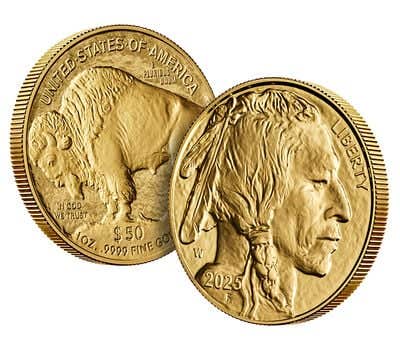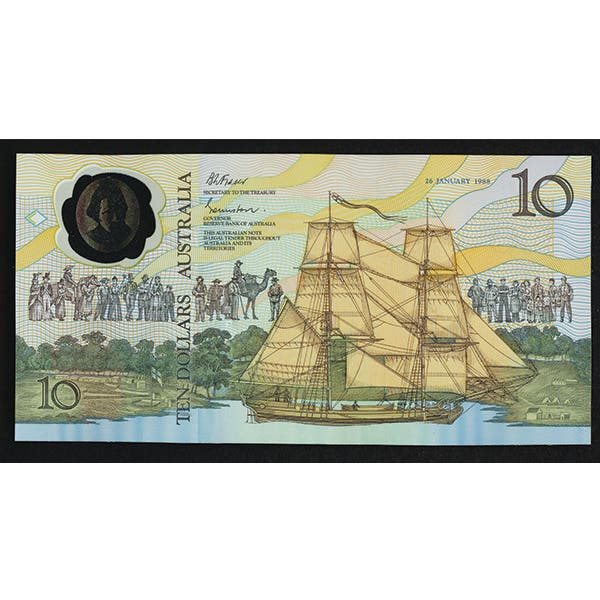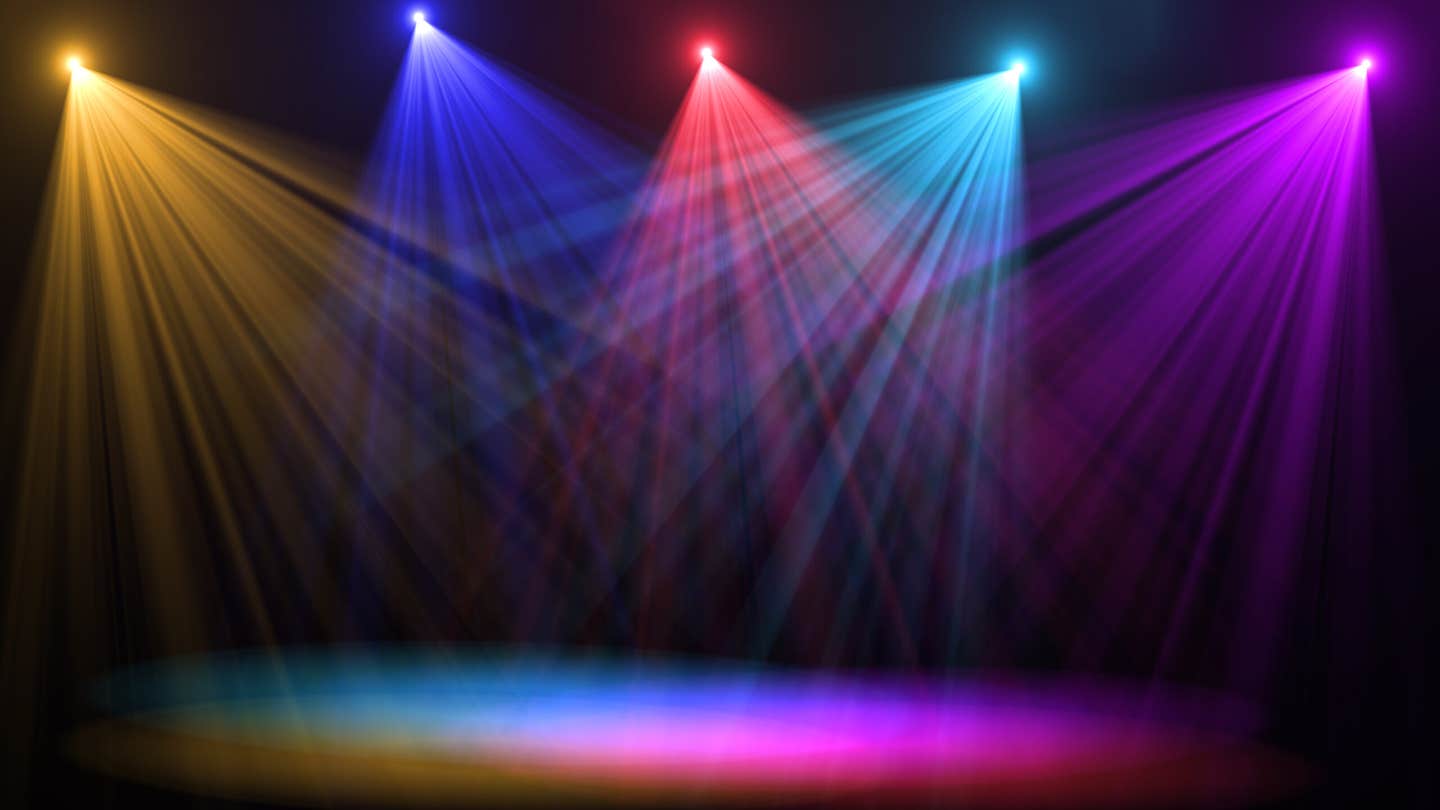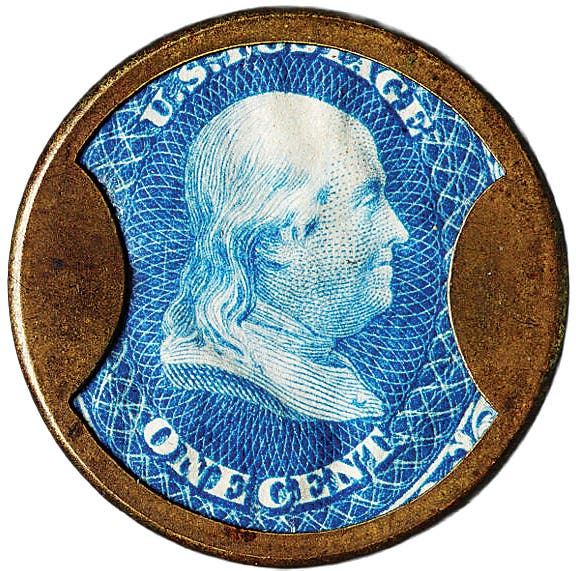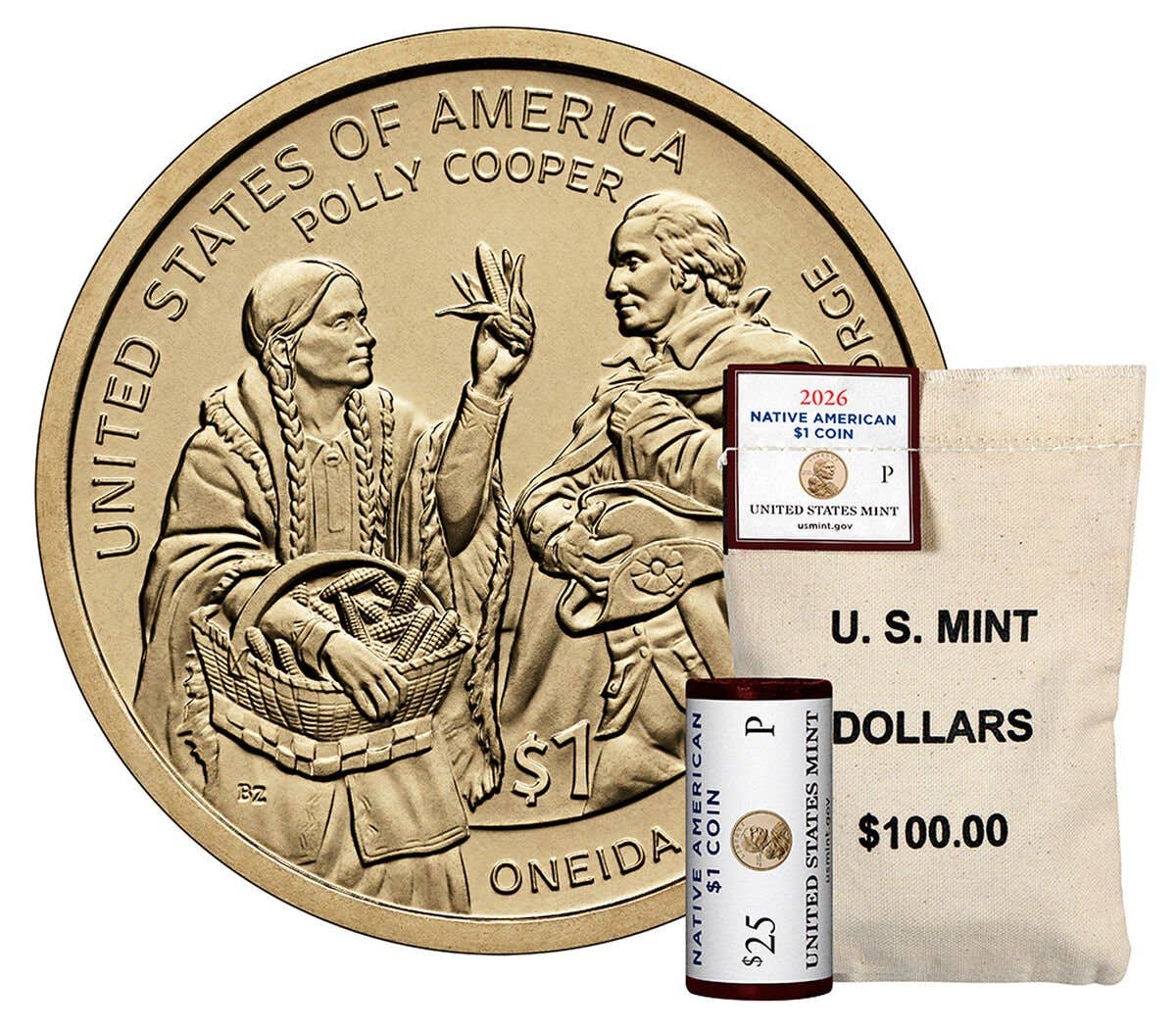Grading Services Rated in PNG Survey
■ It is my understanding that the top two third-party certification services are Professional Coin Grading Service (PCGS) and Numismatic Guaranty Company (NGC). How did this evolve? In 2007, the…
■ It is my understanding that the top two third-party certification services are Professional Coin Grading Service (PCGS) and Numismatic Guaranty Company (NGC). How did this evolve?
In 2007, the Professional Numismatists Guild surveyed major coin dealers for their opinion of 11 services that existed at that time. PCGS and NGC were the only two rated “Superior” in that survey. Two additional companies were rated “Good,” two more as “Poor,” and five were rated “Unacceptable.” All such services strive for excellence. Judge the coin you are purchasing, not the company whose opinion is accompanying the coin.
■ There is inconsistency in what color (Red, Red-Brown, or Brown) assigned to uncirculated cents. How do I know if I’m getting a good buy?
While many coins graded and encapsulated by third-party grading services can be purchased sight unseen without any concern over what you will get, this is not necessarily a good way to purchase copper coins. The three color designations are a start, but this is an area of collecting where you should view the coin in person. One Red coin may be entirely different from another.
■ If I collect full Red uncirculated cents in third-party slabs, how do I know the color of the coin won’t change in time?
According to the PCGS website, “[A] method for keeping coins in as close to their original state as possible is to have them graded and encapsulated by PCGS, which has always used the safest plastics and sealing methods available. The latest PCGS holders use a proprietary polymer formula made from a blend of scratch-resistant plastic that is 99.99% chemically inert. Furthermore, PCGS holders are sealed with no seam and are virtually airtight to provide the maximum protection against environmental damage to the coins within.” Other services use similar encapsulations.
■ Is there a market for undated Buffalo nickels that have been chemically treated to make the date readable?
Like with anything else you plan to sell, you need to know your market. Yes, there are people interested in buying such coins, but these aren’t the same folks who are concerned with if the reverse details include a full horn and well-defined tail. Such coins are of interest to low-budget collectors who otherwise couldn’t afford some of the key-date coins.
■ What about Type One Standing Liberty quarters on which the date has been worn off? Is there a market for these coins?
There are some minor design differences between the key-date 1916 and the 1917 Type One Standing Liberty quarter. For this reason, there is a market for 1916 quarters on which the date is gone.
■ Do major third-party certification services encapsulate and grade Type One Standing Liberty quarters on which the date has been worn off?
The top two such services, PCGS and NGC, each certify undated Type One quarters. The 1916 quarter is going to be pricey even when certified to be in n a very low grade and lacking the date.
E-mail inquiries only. Do not send letters in the mail. Send to Giedroyc@Bright.net. Because of space limitations, we are unable to publish all questions.




